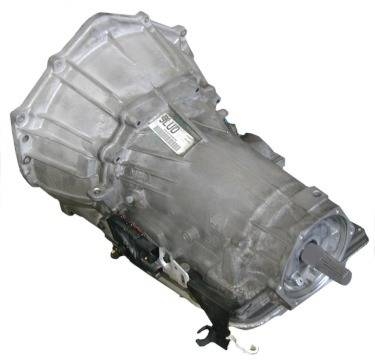
When gears and other parts inside a transmission begin to wear, it is common for the vehicle to experience a variety of performance disruptions. A common problem is gear slippage. When a gear slips are fails to operate, the engine will lose power, or RPMs will surge, causing the engine to idle very high. Engine knocks, foul-smelling exhaust and engine operation after the car has been turned off are also indicators that a transmission may be on its way out.
Blown gears will not operate. They often grind, ping and knock when a driver attempts to shift. As the problems get worse and the transmission finally stops working, it will no longer draws power from the engine, preventing the car from moving. When this occurs, the engine will idle extremely high and will either stall or continue to surge when shifted into gear.
A blown transmission is removed and rebuilt or replaced with a new system. Removing a transmission is done by elevating the car's front end with a trolley jack or lift. The tie rods, wheels, u-joints, linkage, mounts, bell-housing, throttle and other parts attached to the transmission are removed. While the transmission is being disconnected from the engine, a transmission jack is used to prevent it from falling. When removed, the bad transmission is replaced in the reverse order that disassembly took place.